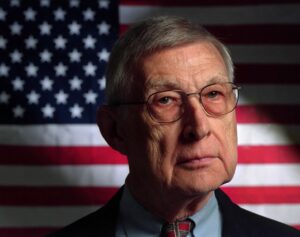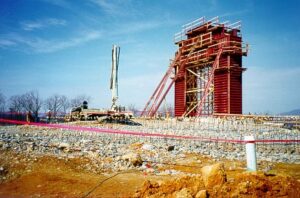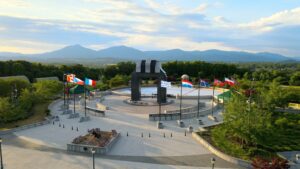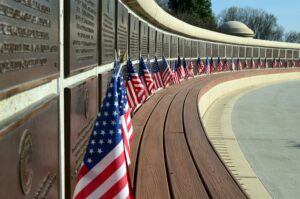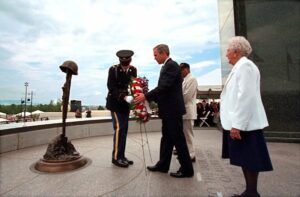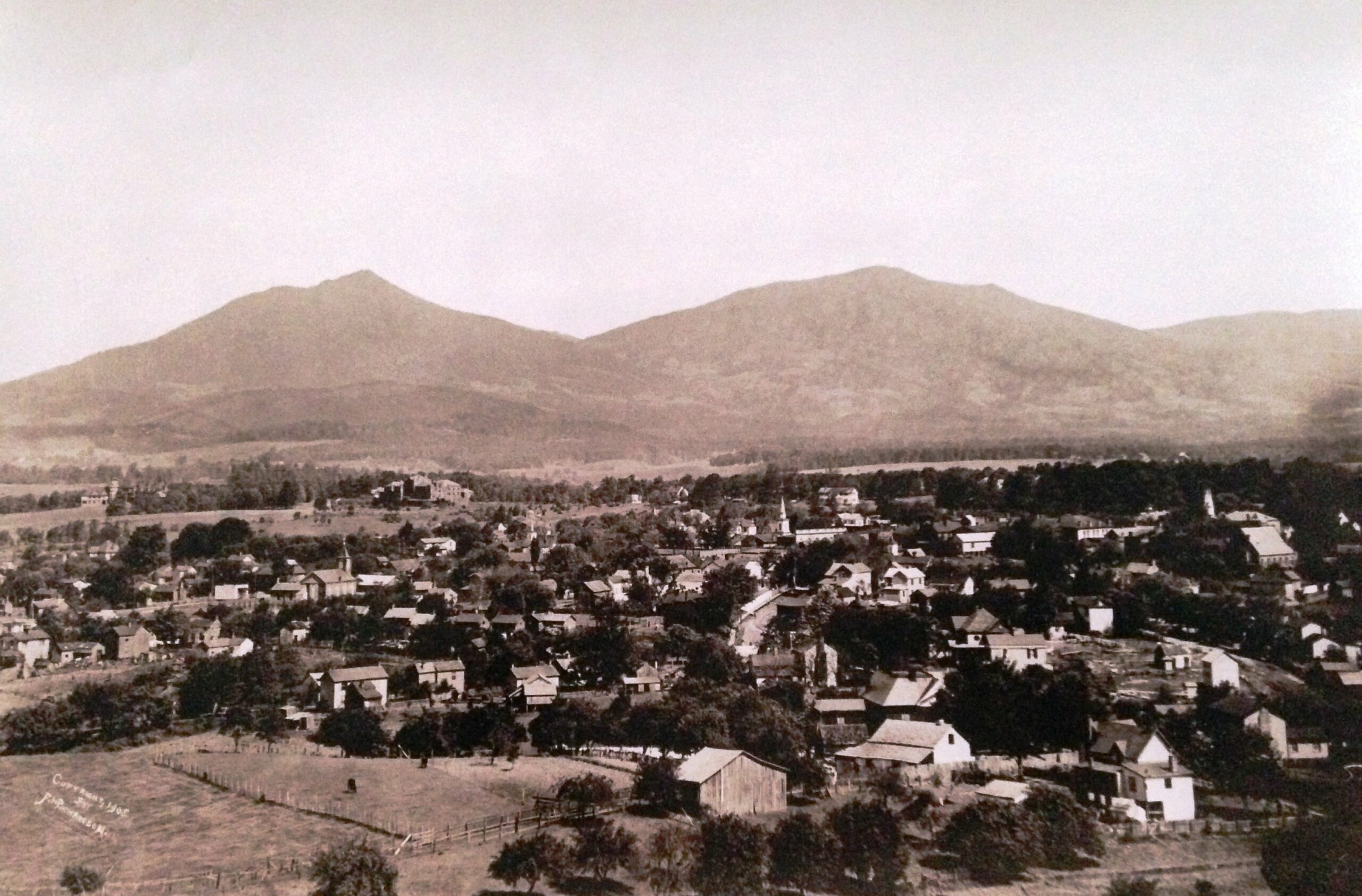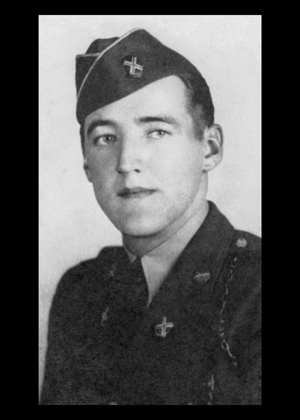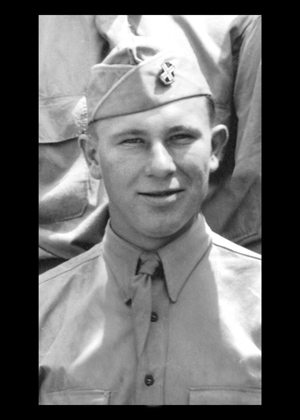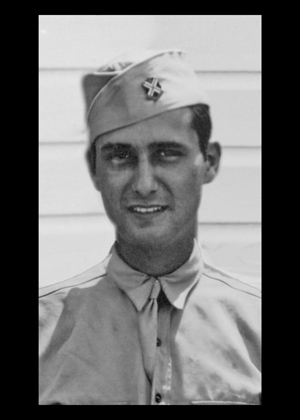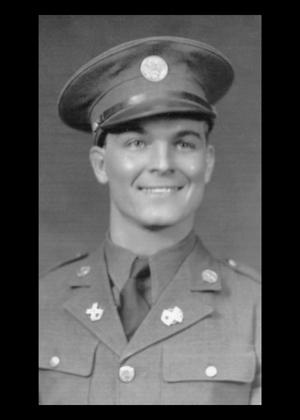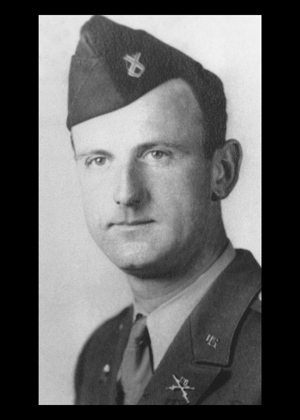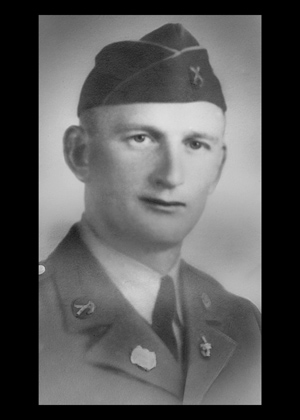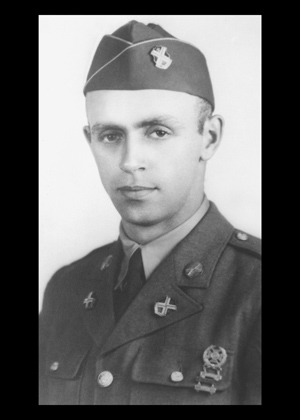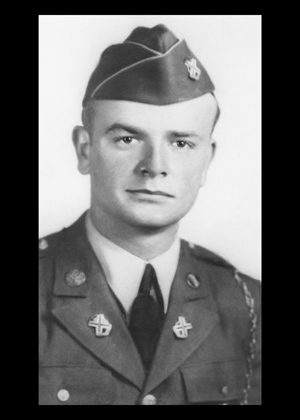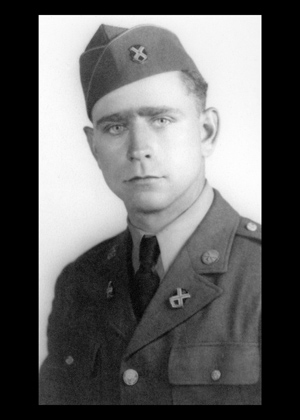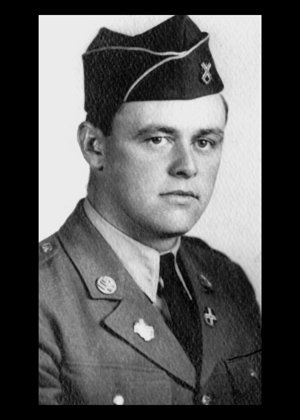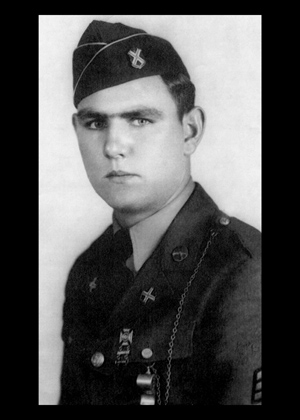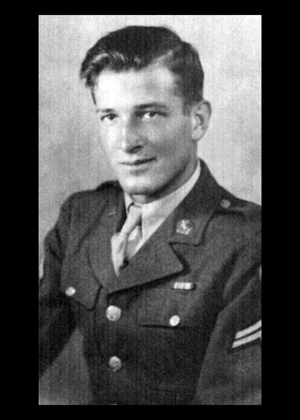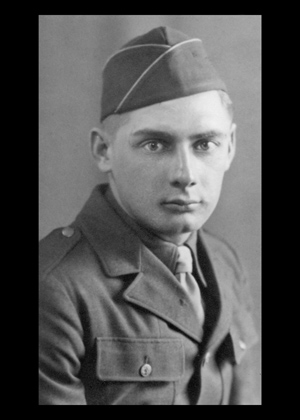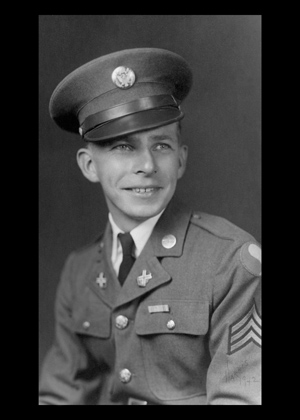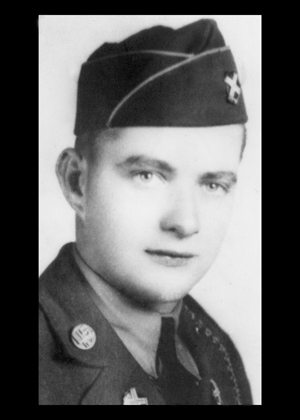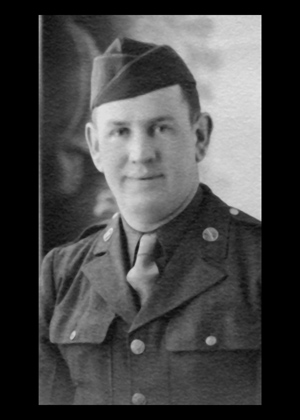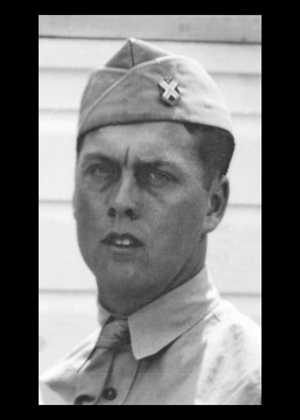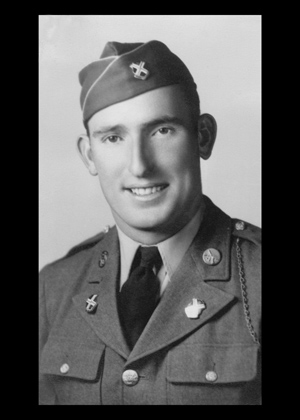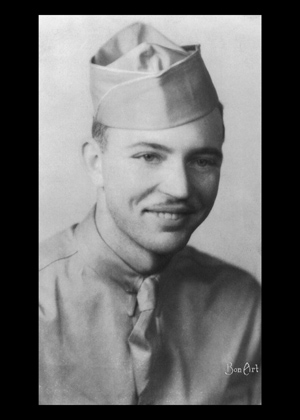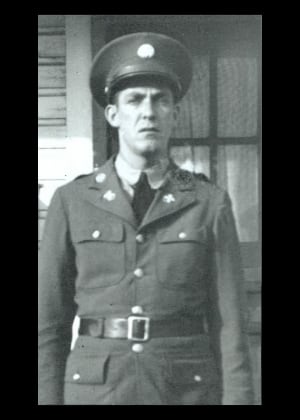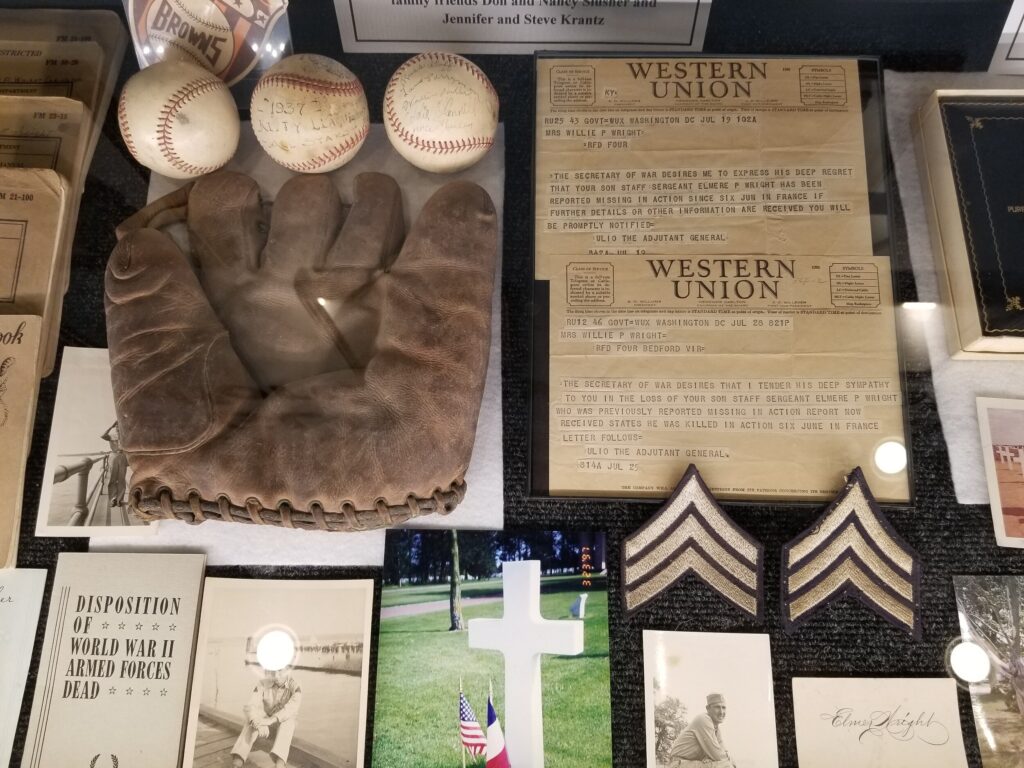This Great and Noble Undertaking
The Story of the National D-Day Memorial
In retirement, D-Day veteran Bob Slaughter, of Roanoke, Virginia, started attending reunions with fellow veterans and speaking to community groups about the war. Concerned there was little public awareness of what took place on June 6, 1944, and worried that his brothers-in-arms who gave their lives that day would be forgotten, Slaughter and some like-minded veterans and supporters formed a committee in 1989 that would later become the National D-Day Memorial Foundation, with the goal of creating a lasting monument to D-Day somewhere in the United States.
In 1996, Congress warranted the establishment of such a monument in Bedford, Virginia, and President Bill Clinton, who just two years prior walked Omaha Beach with Slaughter, signed legislation officially designating the National D-Day Memorial the nation’s monument to D-Day. Though declared a national monument, the project would receive no federal funding. Peanuts cartoonist and World War II veteran Charles Schulz, whose depictions of America’s favorite beagle Snoopy in scenes from the Normandy invasion appeared in newspapers across the country, signed on as national campaign chair. Saving Private Ryan director Steven Spielberg was among the Memorial’s early donors. Their combined star power helped take fundraising efforts nationwide.
Hundreds, including D-Day and World War II veterans, gathered for a groundbreaking ceremony on Veterans Day 1997. The Memorial would be built upon consecrated earth, a mixture of sand from the coast of Normandy and Bedford soil. The Foundation unveiled the Memorial’s first sculpture on Memorial Day 1999. The Overlord Arch, the signature monument, was under construction by spring 2000, in time for the dedication of the Memorial’s first phase that Memorial Day. On June 6, 2001, Bob Slaughter stood beside a second American president as George W. Bush dedicated the National D-Day Memorial on the invasion’s 57th anniversary.
Since its dedication, the Memorial has welcomed tens of thousands of visitors each year. On June 6, 2019, the Memorial marked the 75th anniversary of D-Day with more than 10,000 in attendance, including more than 100 World War II veterans, who witnessed a stunning aerial tribute and keynote address by Vice President Mike Pence. The Memorial commemorated its 20th anniversary in 2021, with a renewed resolve to teach the lessons and legacy of D-Day for generations to come.

